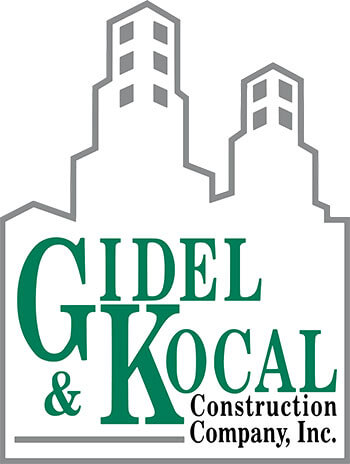
The past few years brought about changes to how buildings are constructed. While all forms of construction transformed, life science conversions in particular became one of the keys to industry innovation in light of the COVID-19 pandemic. A life science building has unique demands that differ from traditional types of construction. Some of these include the complex mechanical systems, vibration capacity, laboratory facilities, and more. Here are the four most important things you need to know about construction in a life sciences building.
#1 – Complex Mechanical Systems
It should come as no surprise that life science buildings come with complex mechanical systems. Every piece of equipment in the space is designed to have an intentional, individualized mechanical system. For instance, in the case of a biology lab, every component has its own mechanical system within biology safety cabinets. Construction in a life sciences building requires adhering to strict parameters to ensure that each part of the system operates as it is intended. This can be verified in the pre-construction stage when project managers convene with building owners to confirm the expectations of the project.
#2 – Vibration
There are different types of research and development that take place in a life science facility, each with specific vibration requirements. In a wet lab facility, for example, there are certain levels of stability that must be maintained to keep all people and pieces of equipment safe and stable. Failure to do so could result in compromised safety and a faulty outcome.
#3 – Think Beyond the Lab Area
Life science spaces need a research and development area, or a wet lab, but they are so much more than that. Space to complete work on the computer, brainstorm, and collaborate with colleagues are also critical factors that need to be considered in the construction of a life sciences building. Including these components will result in the most functional, comprehensive, and productive space possible.
#4 – Workflow Optimization
Focusing on workflow optimization is critical for ensuring that the facility serves its purpose for advancement and efficiency. Functionality is the key focus on this matter. You must make sure that your supplies are accessible and in peak condition at all times so they can be used at a moment’s notice during experiments. Additionally, the layout of the life science building (both in the lab and outside of it) should lend itself to optimal productivity. This will help you and your team get the most out of your time and have the best shot at getting the results you are looking for. While these four elements are critical to successfully building a life sciences conversion, there are plenty of other things to consider. Working with an experienced construction firm like Gidel & Kocal is the best way to ensure that your building turns out the way you intended. Contact us today to learn more.
